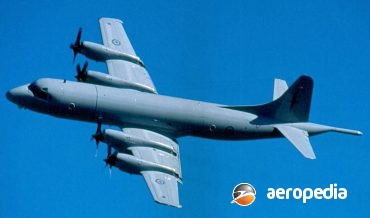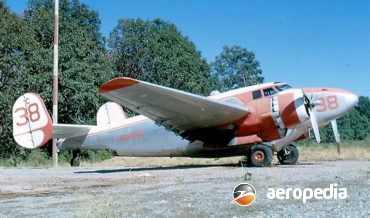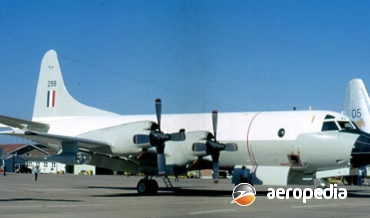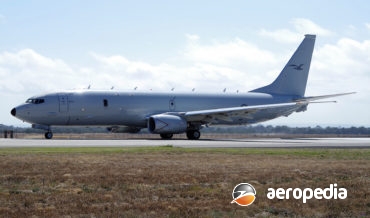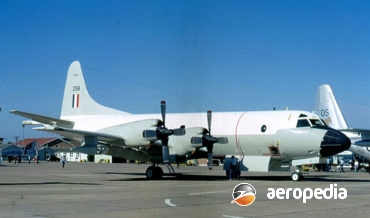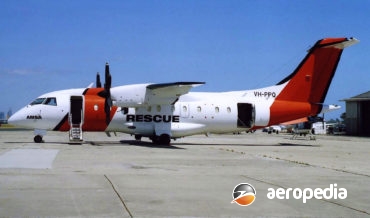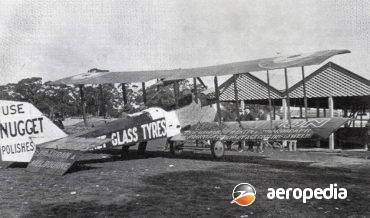All Contents
Contents
In 1970 the Model P-3C appeared with new technology weapon systems, and a digital computer to ease the workload for the ten man crew, five of whom were housed in the tactical compartment.
David C. Eyre
- May 19, 2019
The Orion has been described as arguably the most versatile tool in the RNZAF inventory. The process of the RNZAF obtaining the Orion commenced on 24 March 1964 when the New Zealand Minister of defence announced approval in principle for the purchase of five P-3A Orion aircraft to replace the
David C. Eyre
- May 19, 2019
Following the success of the PV-1 Ventura, the chief engineer of Lockheed Vega commenced work on development of a new variant to meet USN requirements, this model, the PV-2 Harpoon, having an increased wingspan, a re-designed tail, an increase in fuel capacity and an increase in all up weight.
David C. Eyre
- May 19, 2019
Developed as a successor to the Lockheed P2V Neptune maritime patrol bomber from the Lockheed L-188 Electra commercial transport, the prototype YP3V-1 Orion (148276), which had a fuselage 2.1 m (7 ft) shorter than the commercial aircraft, was flown for the first time on 25 November 1959.
David C. Eyre
- May 19, 2019
In 2007 Australia joined a multi-national programme to participate in the development of the new US Navy multi mission maritime aircraft, the replacement for the US Navy’s P-3 Orion fleet, thus expanding the Australian military’s opportunity to further develop intelligence, surveillance and reconnaissance in this part of the Pacific Ocean.
David C. Eyre
- May 19, 2019
One of the many variants of the maritime patrol Lockheed Orion, the TAP-3B was developed from the P-3B series to serve as a trainer and transport in order to conserve the airframe life of the Lockheed P-3C fleet of the US Navy. Three examples were obtained as the TAP-3B (Trainer
David C. Eyre
- May 8, 2019
In 1934 the Imperial Japanese Navy issued specifications for a long-range flying boat, and Kawanishi appointed a design team headed by Shizuo Kikuttara. The prototype, the Kawanishi Type 97, powered by Nakajima Kikari 2 nine-cylinder radial engines, commenced flight testing on 14 July 1936. Some problems were experienced with hydrodynamics
David C. Eyre
- May 8, 2019
In 1976 IAI began to promote a maritime reconnaissance variant of the Westwind 1124N using experience it had gained from the Model 1123, a variant of which was developed to meet a US Coast Guard requirement, a competition being held, but which lost out to the Dassault Falcon 20.
David C. Eyre
- May 8, 2019
In 1987 it was announced that Dornier was incorporating the latest technology into its new 30-passenger DO 328 regional airliner.
David C. Eyre
- May 8, 2019
In 1916 the Royal Flying Corps required a trainer and to meet this requirement Geoffrey de Havilland designed the DH.6, a biplane of simple construction, easy to produce, easy to fly and maintain, and easy to repair.
David C. Eyre
- May 8, 2019
Recent Comments
Archives
Categories
- No categories
Categories
- No categories
Latest Posts
Newsletter


